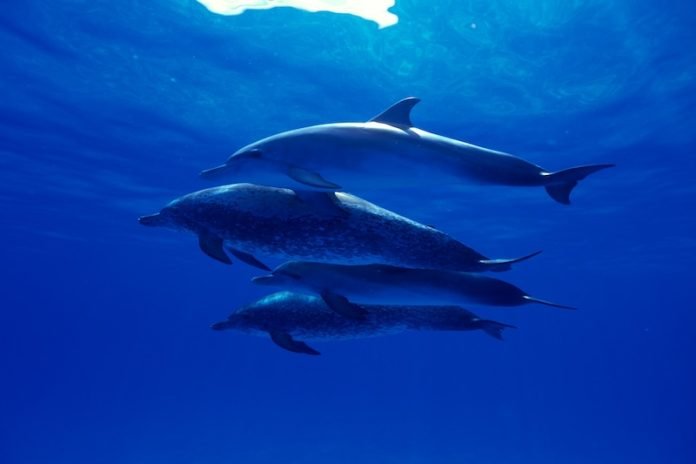
In a pioneering study by Florida Atlantic University’s Harbor Branch Oceanographic Institute, scientists have embarked on an insightful journey to understand the impact of heavy metal contamination on marine life, particularly whales and dolphins stranded along the Southeastern Coast of the United States.
This research, vital for both marine and human health, delves into the distribution of toxic and essential elements within these majestic creatures.
From 2007 to 2021, researchers collected and analyzed 319 samples from 90 stranded whales and dolphins across Georgia and Florida, studying nine species that occupy high trophic levels and share diets consisting of fish and cephalopods.
This comprehensive analysis, published in Heliyon, focused on seven essential elements (such as iron and selenium) and five non-essential, potentially harmful ones (including mercury, lead, and arsenic).
The findings revealed that Risso’s dolphins and short-finned pilot whales harbored the highest median concentrations of mercury, cadmium, and lead, while dwarf sperm whales showed the lowest levels of these toxic metals.
Notably, adult pygmy and dwarf sperm whales stranded between 2019 and 2021 exhibited increased levels of several elements, including arsenic and copper, compared to those stranded in earlier years, hinting at a growing risk of heavy metal exposure over time.
One of the study’s unique aspects was its analysis of fecal samples, which, being non-invasively collected, showed high concentrations of many elements and highlighted an innovative approach to studying marine toxin exposure.
Additionally, the research found that liver and kidney tissues often contained the highest concentrations of several heavy metals, while the skin had the highest zinc levels.
Mercury, known for its toxicity and ability to accumulate in marine food webs, poses a significant threat to cetaceans, which ingest the metal through their prey.
This exposure can lead to oxidative stress, damaging proteins, DNA, and cell membranes, and is linked to severe health issues like heart disease, weakened immune systems, and increased parasite infestations.
This study not only provides crucial baseline data for understanding the health impacts of heavy metal exposure on whales and dolphins but also underscores the importance of ongoing monitoring to protect these vital indicators of ocean health.
By establishing baseline values and tracking changes over time, scientists can better assess the ecological risks and develop strategies to mitigate the impact of environmental contaminants on marine life and, by extension, human health.
The research sheds light on the complex interplay between marine biology and environmental science, offering insights that could help safeguard the future of our oceans and their inhabitants.
The research findings can be found in Heliyon.
Copyright © 2024 Knowridge Science Report. All rights reserved.



